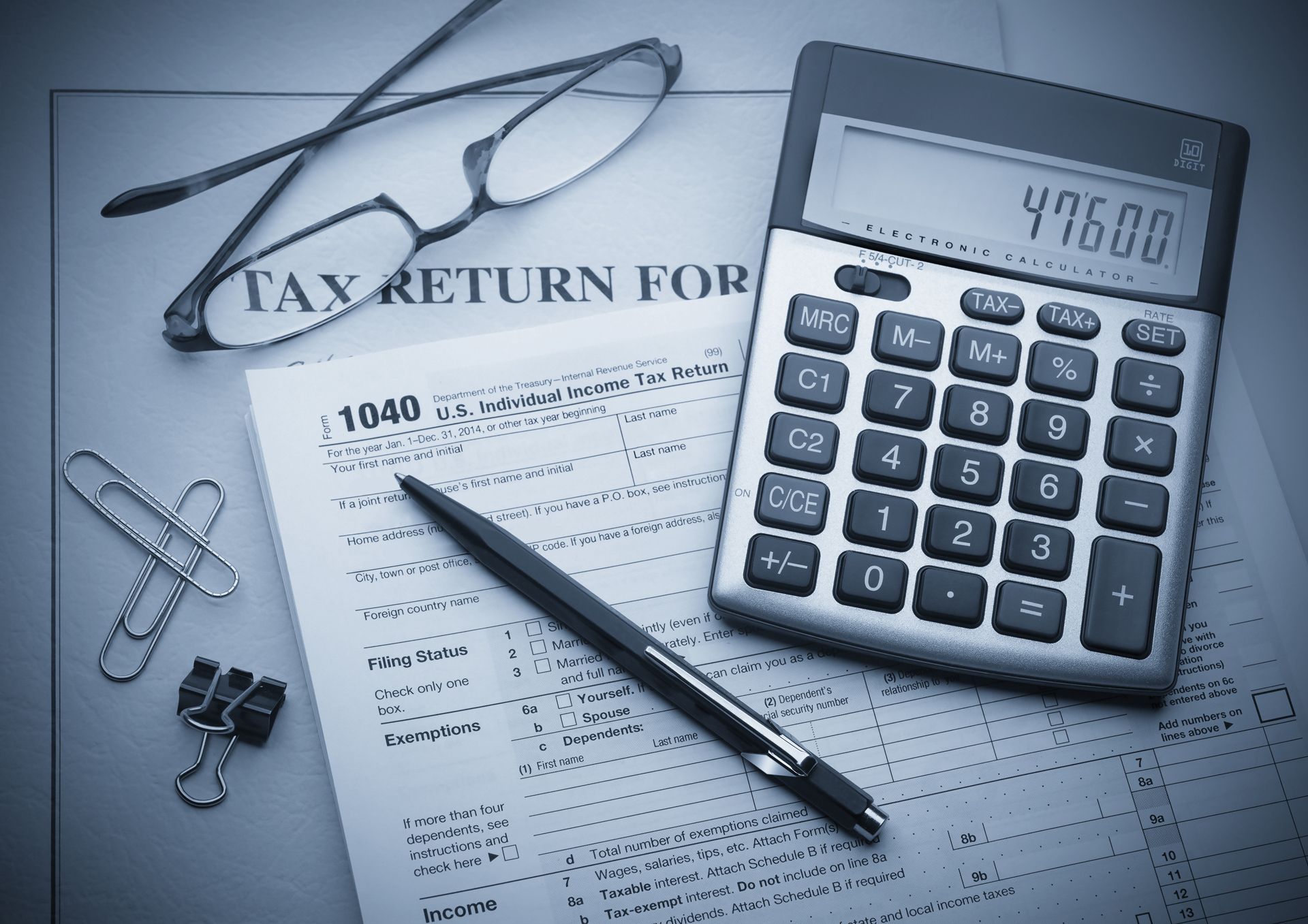Greetings all; we have an appropriations extension for the PPP Loan Program.
Below my text are links and excerpts of the Senate bill. I expect it to be signed by President Trump this week.
Banks are accepting new applications now; an indication they are sure to get new funding.
Remember; the original CARES act law decreed a presumed damage due to the COVID-19 pandemic and lock-downs. Apply for these loans. Only PPP Loans have the Discharge Feature. You must apply through your bank.
Below is a link where each type of Emergency SBA loan or (Grant) is discussed.
- The PPP Loan Program ---Bank administered---
- The EIDL loan and advance. SBA Administered. Link to apply. No bank.
- The Express Bridge Loan. Link to Apply. SBA Administered. No Bank.
- Existing Debt Relief. SBA will automatically pay principle and interest for six months. For pre-existing SBA debt. Contact the bank that holds the loan.
- ----All these programs can be accessed by the link below----
https://www.sba.gov/funding-programs/loans/coronavirus-relief-options
Agricultural Businesses are now Eligible. for EIDL !
SEC. 101. AMENDMENTS TO THE PAYCHECK PROTECTION PROGRAM, ECONOMIC INJURY DISASTER LOANS, AND EMERGENCY GRANTS.
(a) Increased Authority For Commitments And Appropriations For Paycheck Protection Program.—Title I of division A of the Coronavirus Aid, Relief, and Economic Security Act (Public Law 116–136) is amended—
(1) in section 1102(b)(1), by striking “$349,000,000,000” and inserting “$659,000,000,000”; and
(2) in section 1107(a)(1), by striking “$349,000,000,000” and inserting “$670,335,000,000”.
(b) Increased Authorization For Emergency EIDL Grants.—Section 1110(e)(7) of division A of the Coronavirus Aid, Relief, and Economic Security Act (Public Law 116–136) is amended by striking “$10,000,000,000” and inserting “$20,000,000,000”.
c) Eligibility Of Agricultural Enterprises For Economic Injury Disaster Loans And Emergency Grants.—Section 1110(a)(2) of division A of the Coronavirus Aid, Relief, and Economic Security Act (Public Law 116–136) is amended—
(1) in subparagraph (D), by striking “or” at the end;
(2) in subparagraph (E), by striking the period at the end and inserting “; or”; and
(3) by adding at the end the following:
“(F) an agricultural enterprise (as defined in section 18(b) of the Small Business Act (15 U.S.C. 647(b)) with not more than 500 employees.”.
For an additional amount for “Disaster Loans Program Account” for the cost of direct loans authorized by section 7(b) of the Small Business Act, $50,000,000,000, to remain available until expended, to prevent, prepare for, and respond to coronavirus, domestically or internationally: Provided, That such amount is designated by the Congress as being for an emergency requirement pursuant to section 251(b)(2)(A)(i) of the Balanced Budget and Emergency Deficit Control Act of 1985
Link to the Senate bill as of 4-21-2020:



